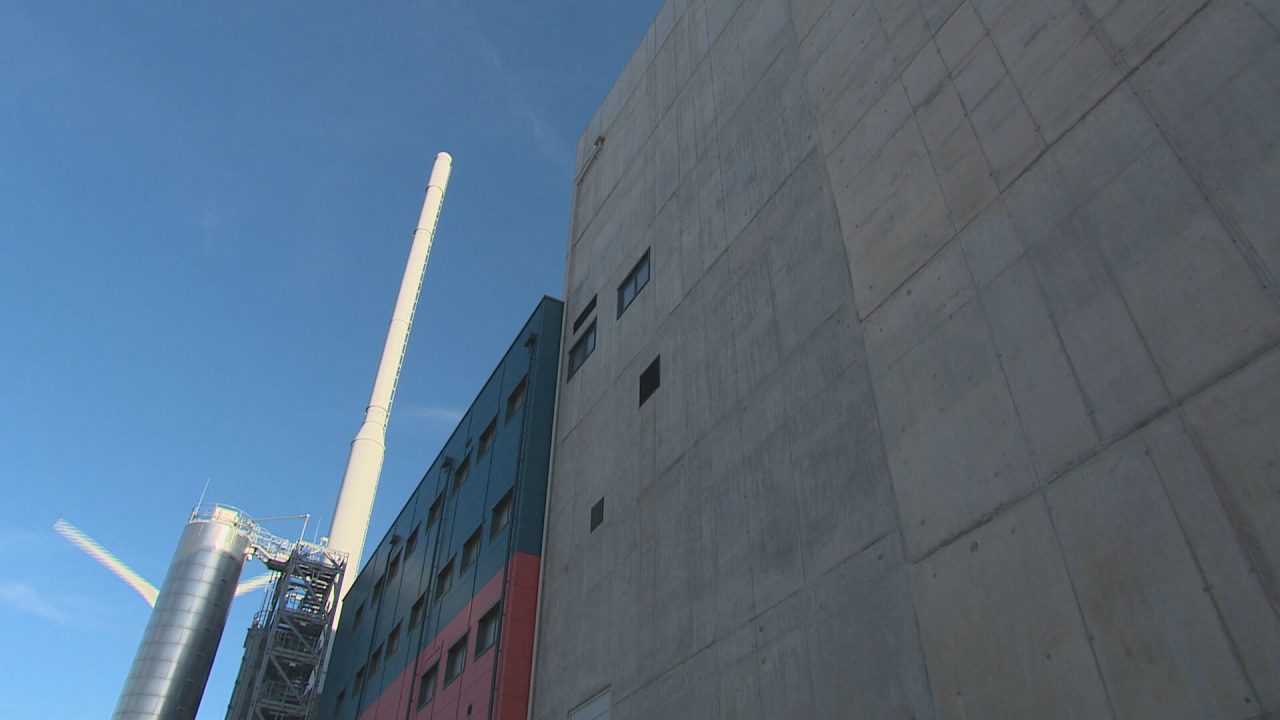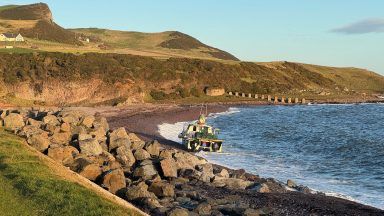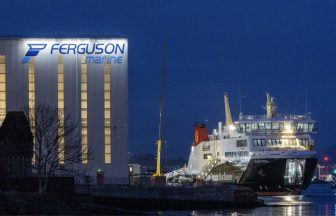Every year more than 11 million tonnes of rubbish is thrown away in Scotland that would fill more than 6000 Olympic-sized swimming pools.
Could it be used to bring down soaring energy bills? Many of those working in the field think so.
But, if you live on an island like Shetland, more than 100 miles away from the mainland, getting rid of household and commercial waste presents a different set of challenges.
At Shetland Heat Energy and Power, waste presents logistical issues. For a Scotland Tonight feature, its director Derek Leask told me that instead of shipping non-recyclable waste elsewhere, the island uses something called a ‘district heating scheme’.
The process uses the heat generated from burning waste to warm local homes and businesses in Lerwick.

It’s the only incineration plant in Scotland to use heat in this way, and it has dramatically reduced fuel costs for local residents.
Mr Leask told me: “In Shetland, we have a good recycling regime, and anything that’s left goes into the black bag, which comes here, gets incinerated and creates heat.
“We have one of the highest incidents of fuel poverty in the country, along with the Western Isles, so trying to supply affordable energy is really important, our energy costs are a quarter of the average cost.
“We’re the only community energy owned company in Shetland and the organisation has saved the community about £7.5m a year in energy costs.”
Earlier this week, an independent report was published to look at the role of incineration in managing Scotland’s waste in the future.
Whilst it concluded that no new incineration plants should be built beyond those already granted permission, it also emphasised the need for existing and new projects to be as efficient as possible.
It suggested methods such as district heating to use heat energy that would otherwise be wasted.
Dr Colin Church, the author of the report, said: “With a traditional energy from waste incinerator plant it’s probably 20 to 25 per cent efficient, meaning between 20 to 25 per cent of the waste gets converted into electricity.
“However, if you can use that heat to warm things up, then you can get more energy out of the whole system – and you can push efficiencies up to 70 per cent.”
District heating is a common method for homes in Denmark; 20 years ago, workers at the Shetland project went there to see how the method might work on the island.
It’s something other plants are considering, but there are challenges to get the heat to communities, due to the network of pipes required.

Angus Hamilton, the managing director at the Levenseat Incinerator in Lanark, which opened during the pandemic, told me it was something they were looking at.
But he warned that councils need to take the lead, adding: “It needs a whole system to link homes up with plants like ours.”
Scotland Tonight is on STV and the STV Player at 10.40pm on Wednesday, May 11.
Follow STV News on WhatsApp
Scan the QR code on your mobile device for all the latest news from around the country


 STV News
STV News
























